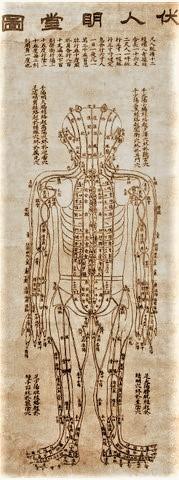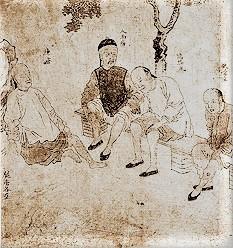TCM Views the Causes of External Conditions
 TCM external medicine covers health problems that could be seen or touched directly, such as superficial infections, skin diseases, peripheral vascular problems, breast or thyroid lumps, male genital problems and piles as well as traumatic injuries.
TCM external medicine covers health problems that could be seen or touched directly, such as superficial infections, skin diseases, peripheral vascular problems, breast or thyroid lumps, male genital problems and piles as well as traumatic injuries. The external diseases can be caused by various factors, some are similar to internal diseases such as the six evils, seven emotions, improper diet or long-term illness; however, others such as accidents, injuries, bites, burns, poisoning, drug reactions and frostbite are particular common in external diseases.
For the development of external diseases, it is mainly related to stagnation of blood and qi (vital energy), disturbed nutritive qi flowing in the blood, meridian blockage, and organ dysfunction. Once a superficial lesion is formed, pathogens will first disturb the circulations of local muscles, tendons or bones, leading to redness, swelling, heat and pain. If the pathogens affect deeper and reach the organs, then systemic illness will appear. As the disease progresses further, the stagnated blood and qi will transform into fire evils, which give rise to tissue death and pus formation. After the pus-filled sore bursts and the pus disperses, new tissue generates and the sore will close and heal. TCM regards this as the usual cycle for such external conditions. Ancient physicians had realized very early that states of blood and qi inside the body determined the course of lesion development. Abundance in blood and qi not only facilitate the formation and release of pus, they also promote the tissue regeneration and healing of the site. On the other hand, depletion of blood and qi will slow the cycle down and prohibit healing of the lesion. As a result, the development of external diseases has a close relationship with the states of blood, qi, meridians and organs, some other local influential factors such as blockages, and tissues decay also play critical roles.



